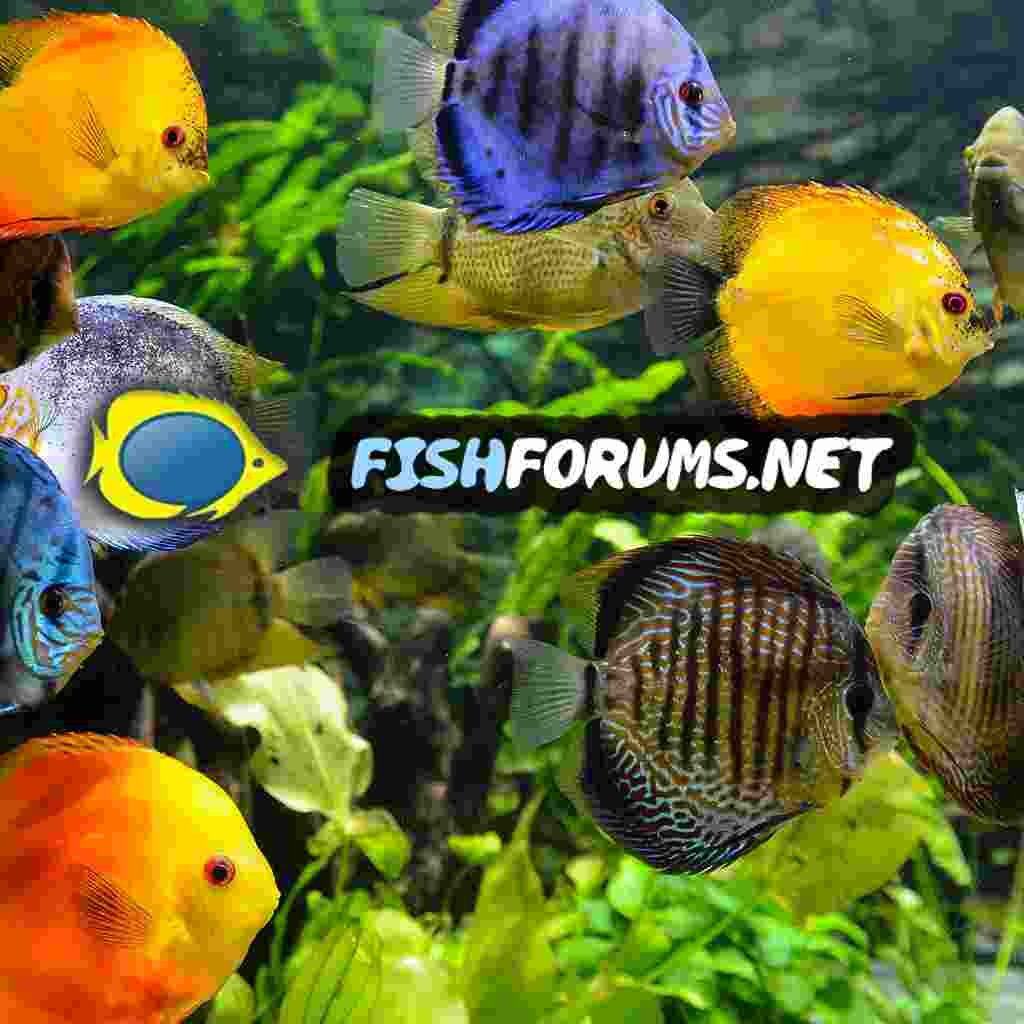pyralis101
New Member
Setup:
40 gallon
Amonia 0
Nitrites 0
Nitrates 0
PH 7ish
Hardness 50
2 large adult koi angels
3 black lyretal mollies
4 tangerine mollies
1 twig cat
History: 2 months ago, one of my black lyretails started hiding and heavy breathing. Would only come out for food. A week later would not come out of hiding even for food. Died 2 weeks later in hiding...no idea why. No noticable physical signs.
Now I have another black lyretail that went into hiding for two weeks and wouldn't eat. No heavy breathing. No addition signs. After two weeks has started coming out to eat and is slowly coming out to play on occasion. Other black mollie chases her around the tank aggressively whenever she comes out - started when she got sick.
Herein is the problem. Today I noticed she has white spots/almost fuzzy all over her body. First I thought ich because for months one of my angels gets 4 or 5 white salt type specs on different fins, and then they disappear. She usually has 1 spec. The other angel will occasionally get 1 spec, but it also disappears, and he almost never has any. This has been going on for months. No other fish with specs in the tank.
i have notices today one tangerine might have a bit of the white on her head, but she has a strange coloration and she won't stay still long enough for me to get a good luck so it might be nothing (my tangerines all have ADHD).
I have uploaded a ton of photos of my black molly. I suspect fungus, but no others infected. Any help greatly appreciated.















40 gallon
Amonia 0
Nitrites 0
Nitrates 0
PH 7ish
Hardness 50
2 large adult koi angels
3 black lyretal mollies
4 tangerine mollies
1 twig cat
History: 2 months ago, one of my black lyretails started hiding and heavy breathing. Would only come out for food. A week later would not come out of hiding even for food. Died 2 weeks later in hiding...no idea why. No noticable physical signs.
Now I have another black lyretail that went into hiding for two weeks and wouldn't eat. No heavy breathing. No addition signs. After two weeks has started coming out to eat and is slowly coming out to play on occasion. Other black mollie chases her around the tank aggressively whenever she comes out - started when she got sick.
Herein is the problem. Today I noticed she has white spots/almost fuzzy all over her body. First I thought ich because for months one of my angels gets 4 or 5 white salt type specs on different fins, and then they disappear. She usually has 1 spec. The other angel will occasionally get 1 spec, but it also disappears, and he almost never has any. This has been going on for months. No other fish with specs in the tank.
i have notices today one tangerine might have a bit of the white on her head, but she has a strange coloration and she won't stay still long enough for me to get a good luck so it might be nothing (my tangerines all have ADHD).
I have uploaded a ton of photos of my black molly. I suspect fungus, but no others infected. Any help greatly appreciated.


